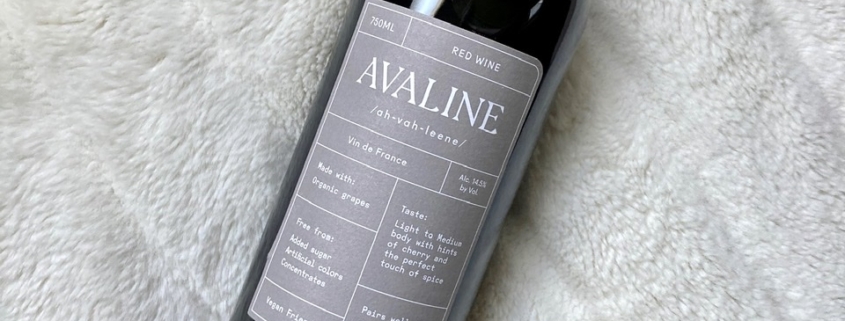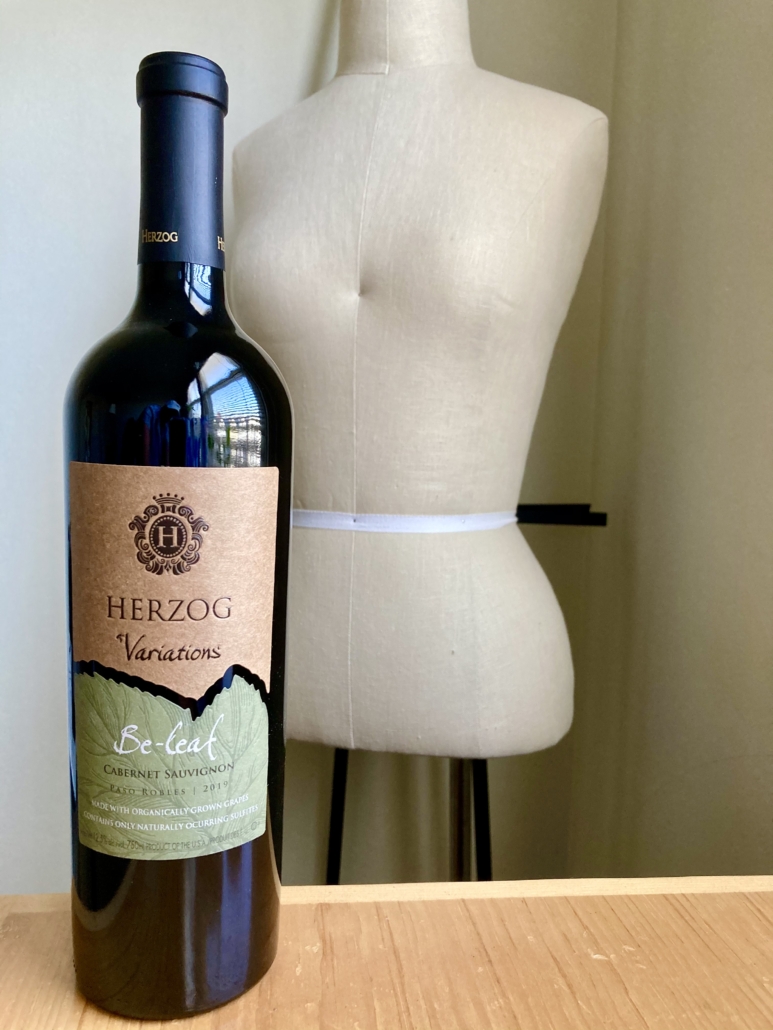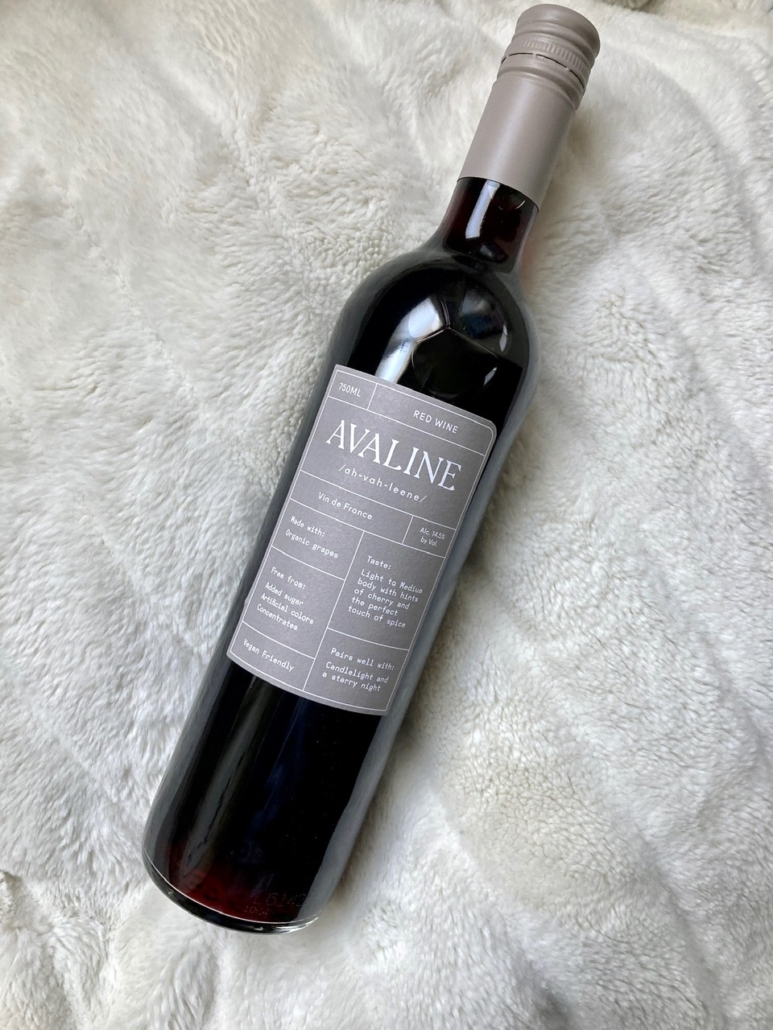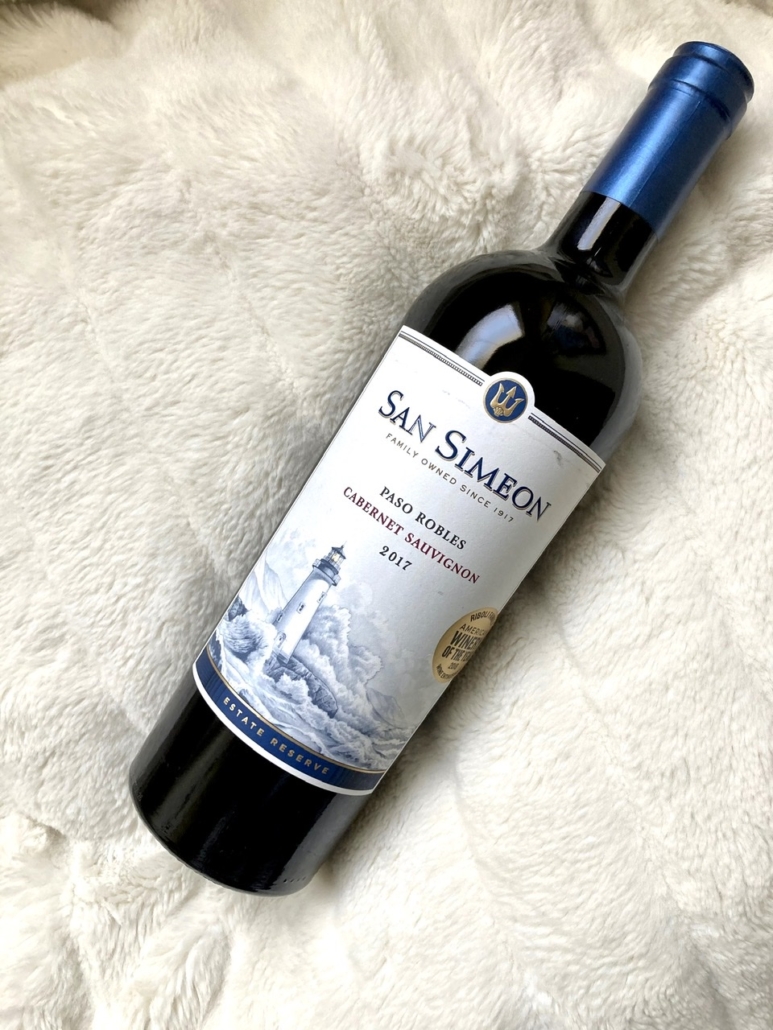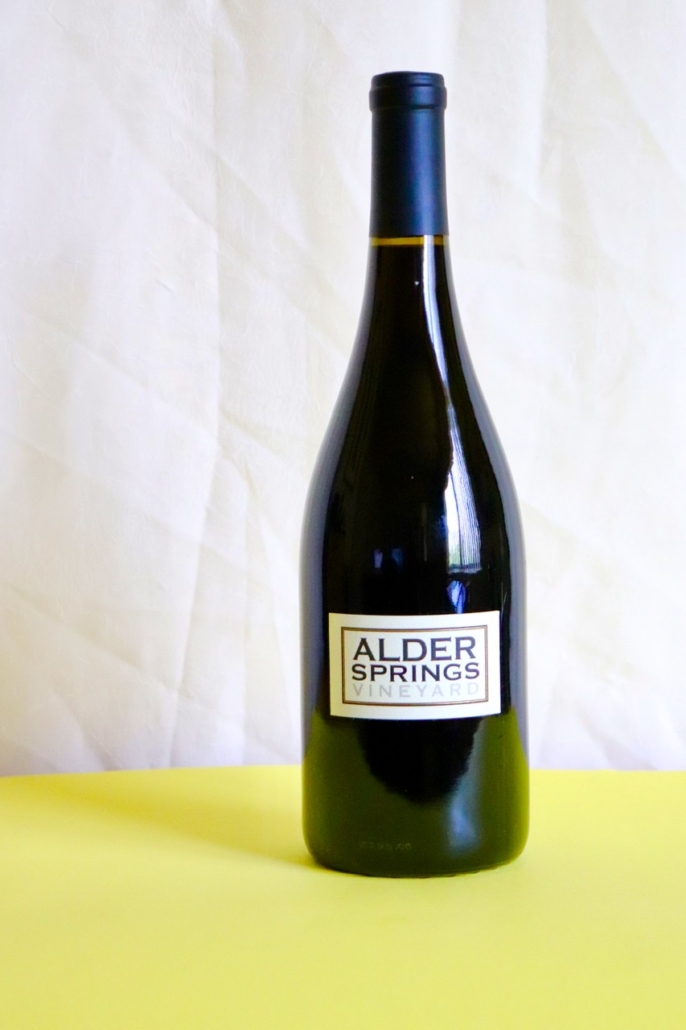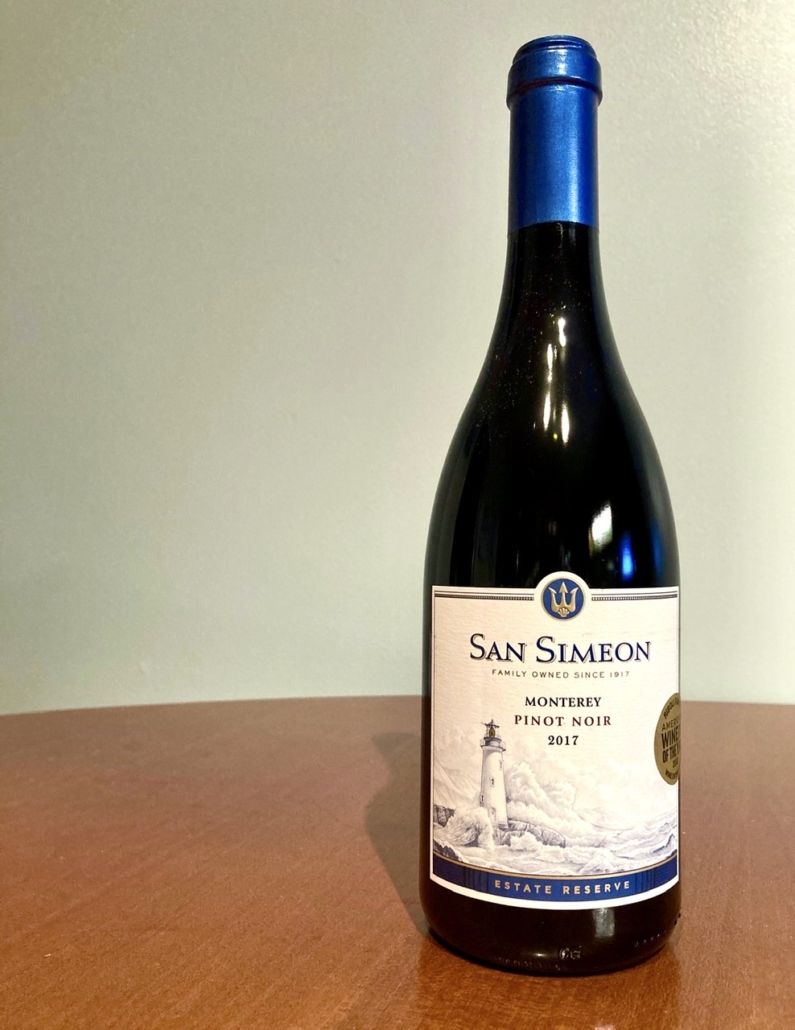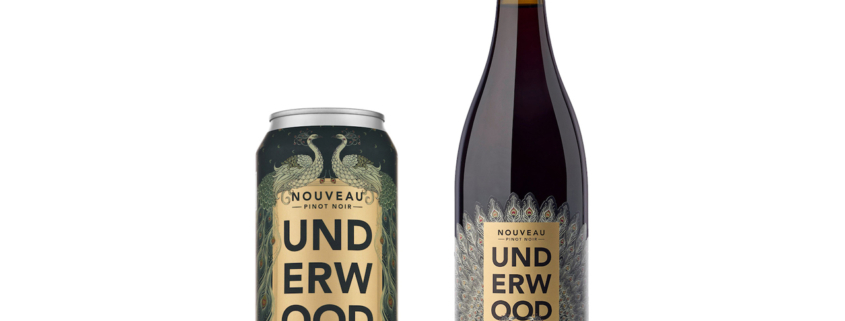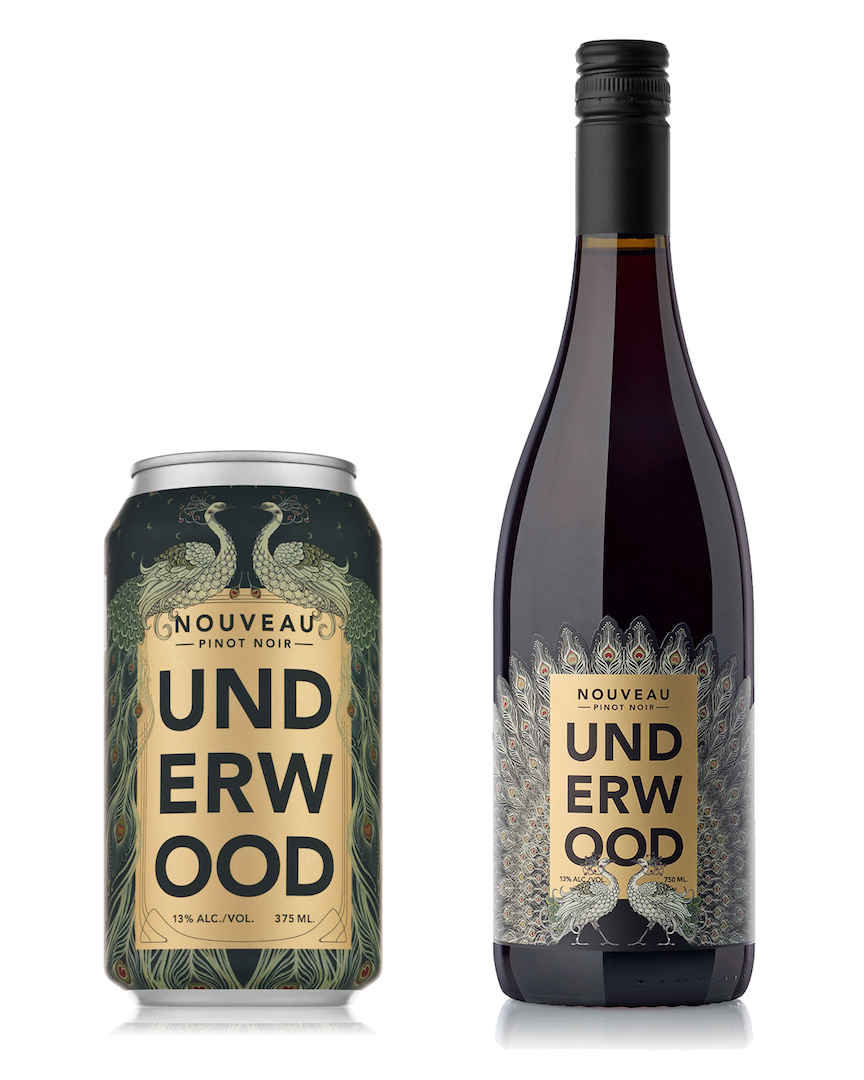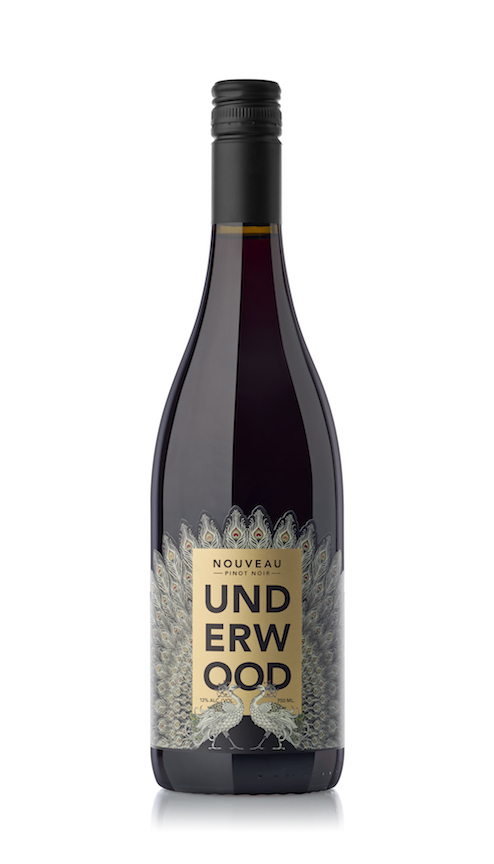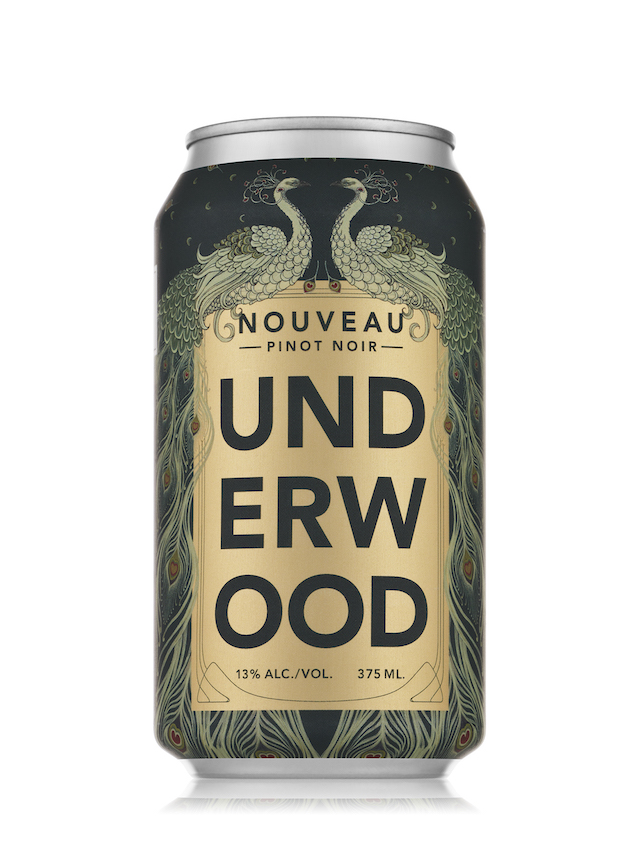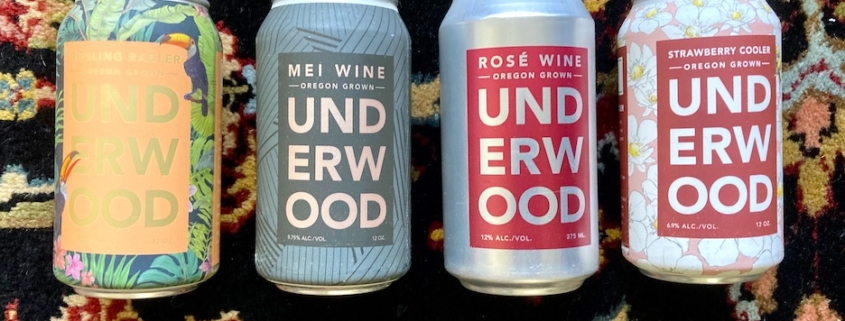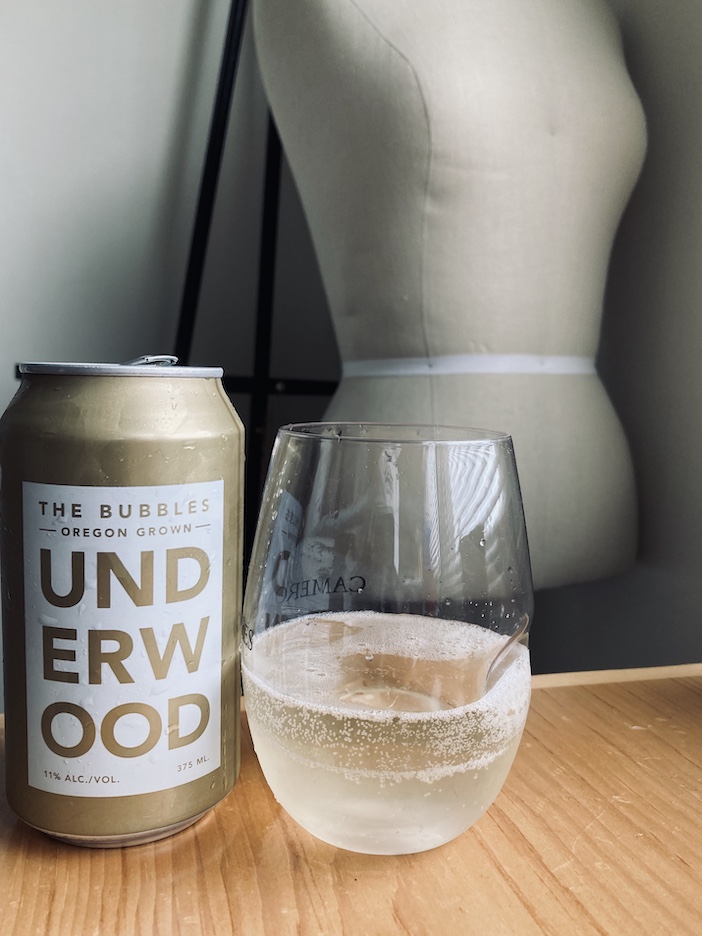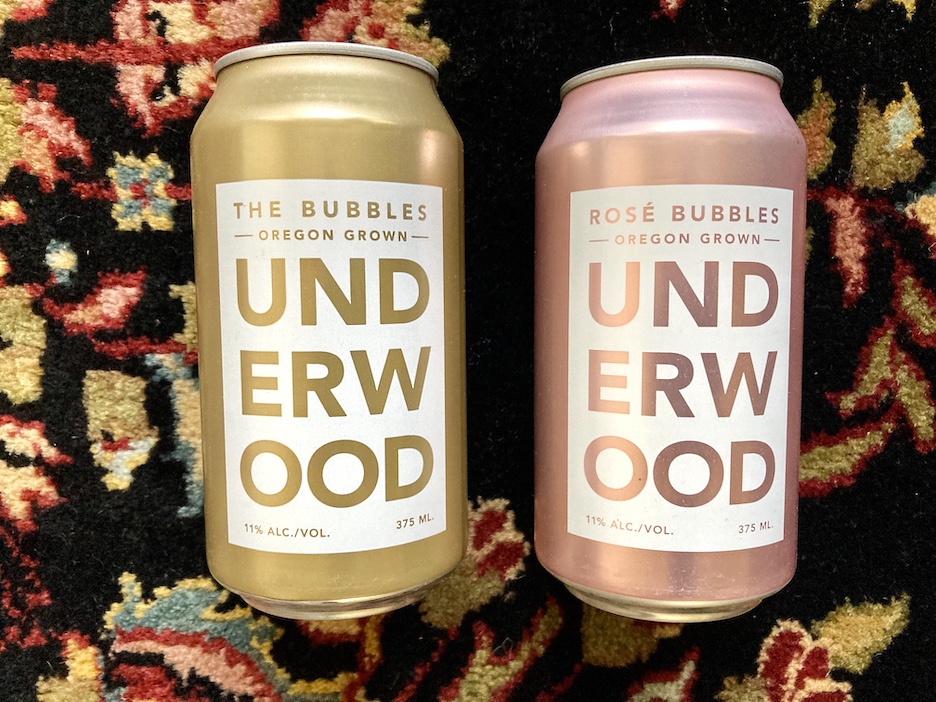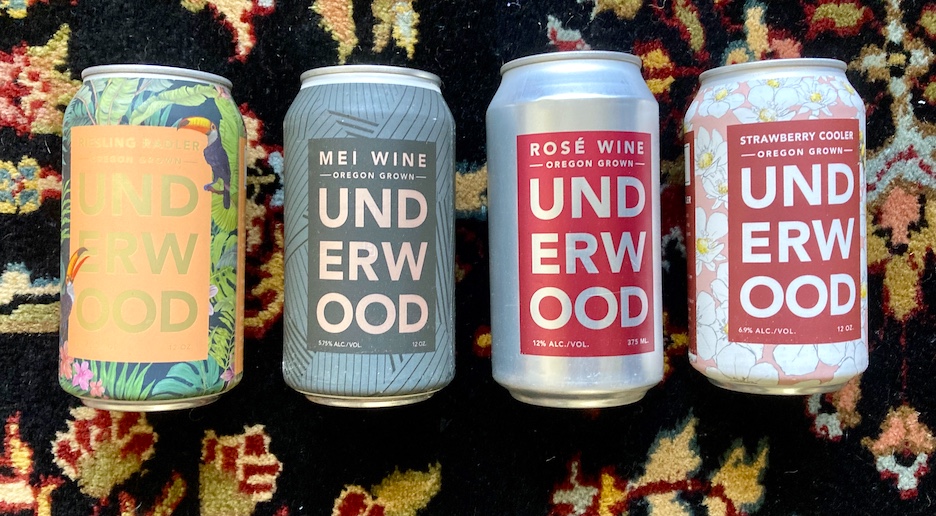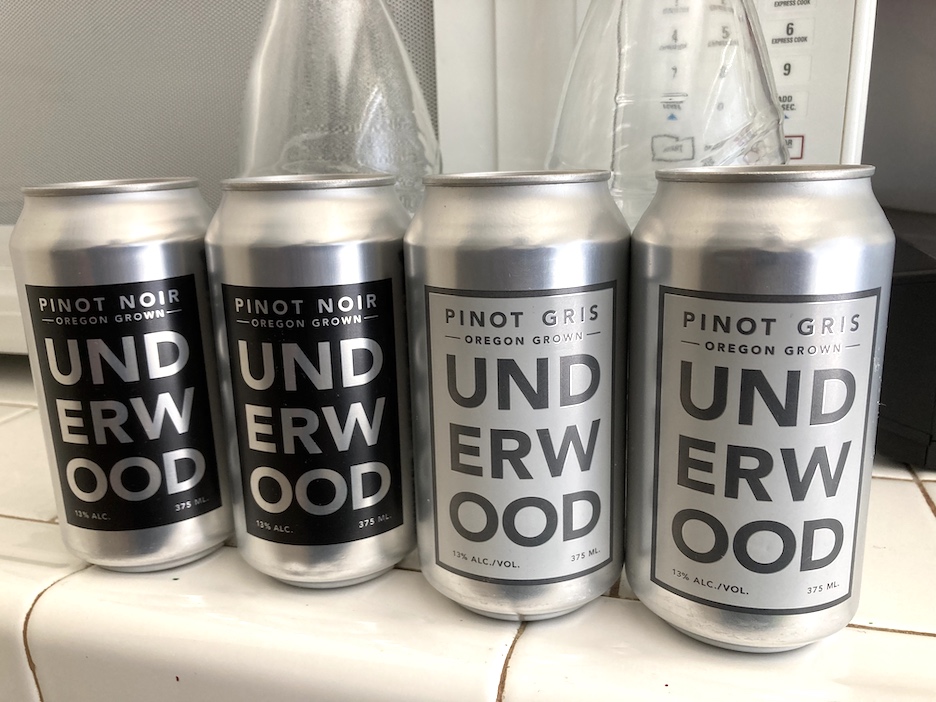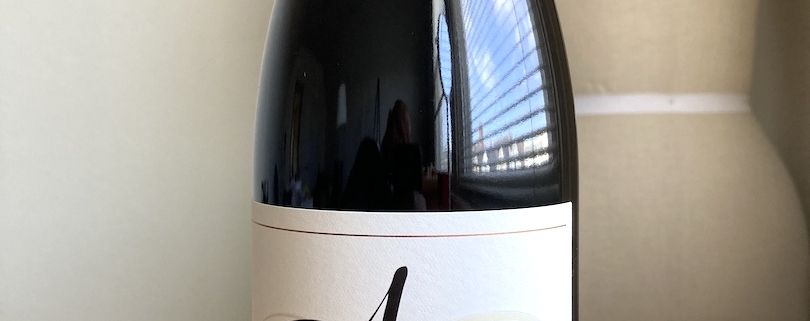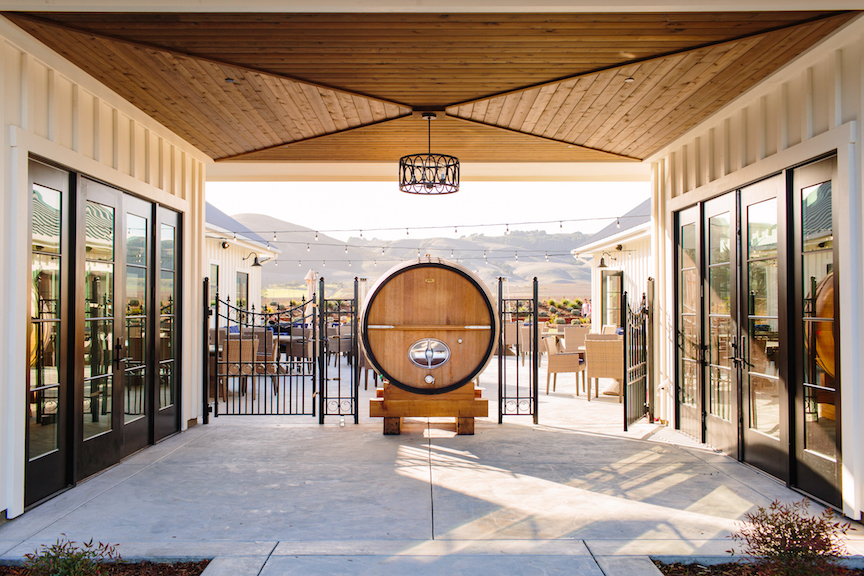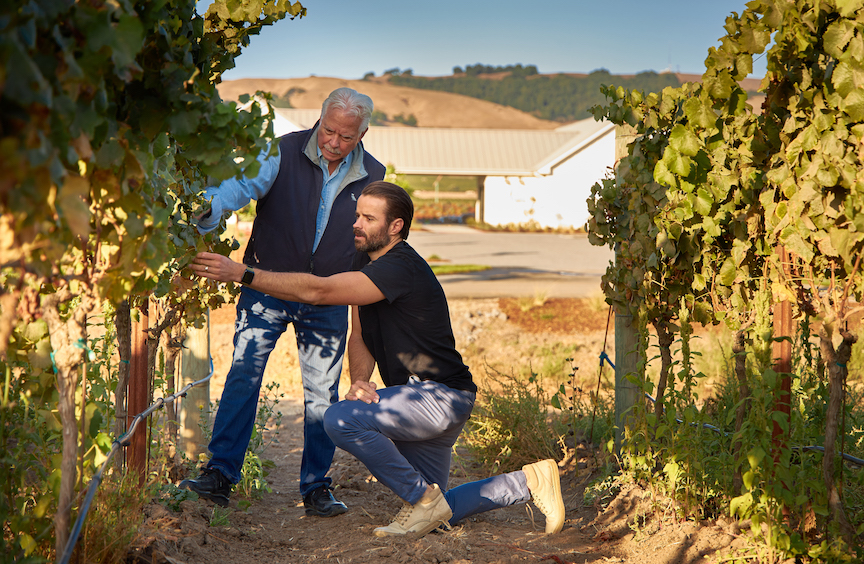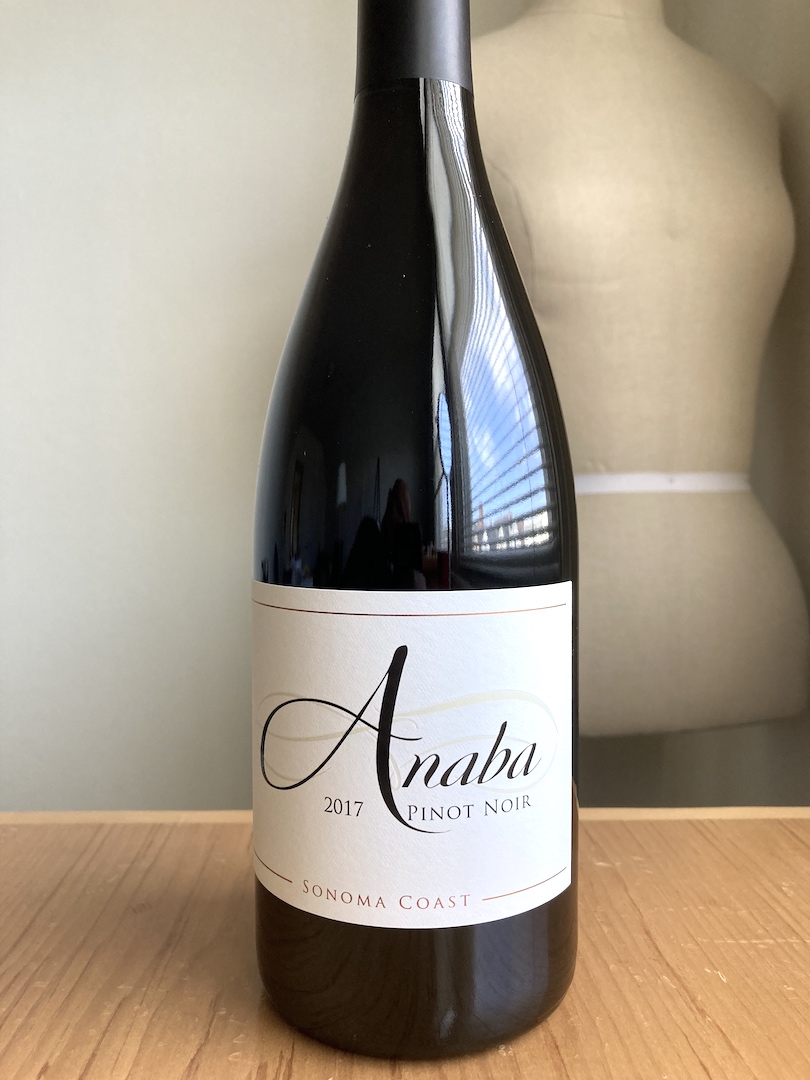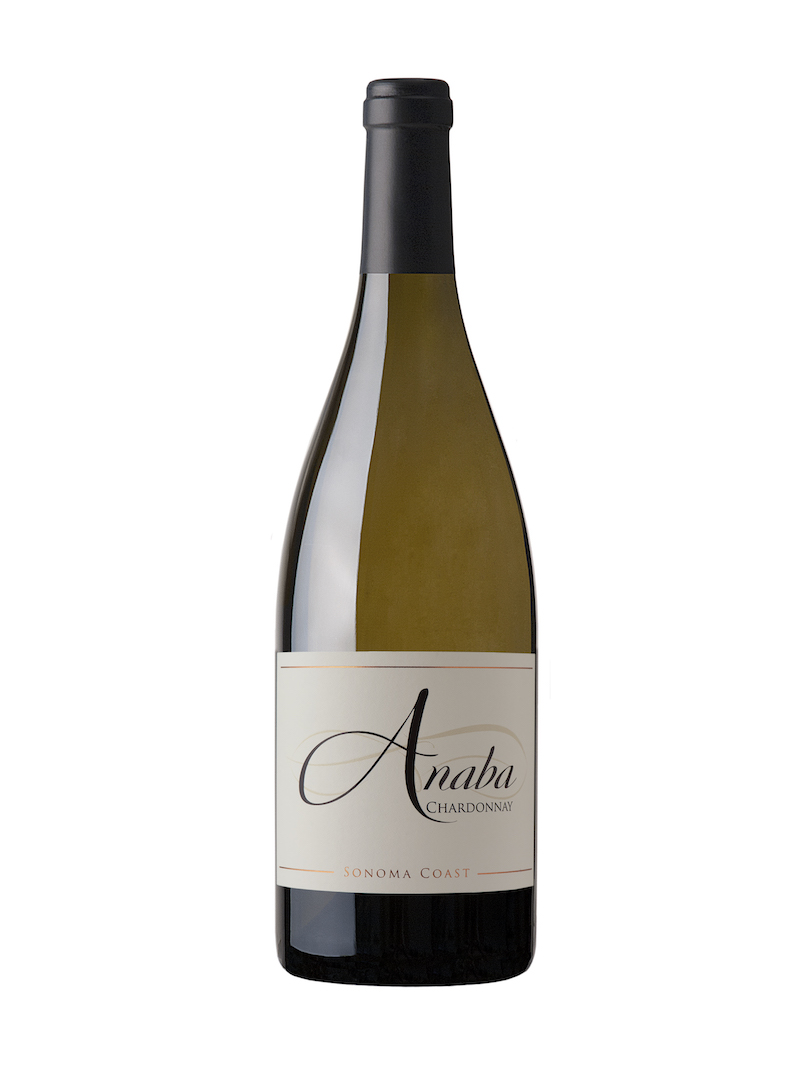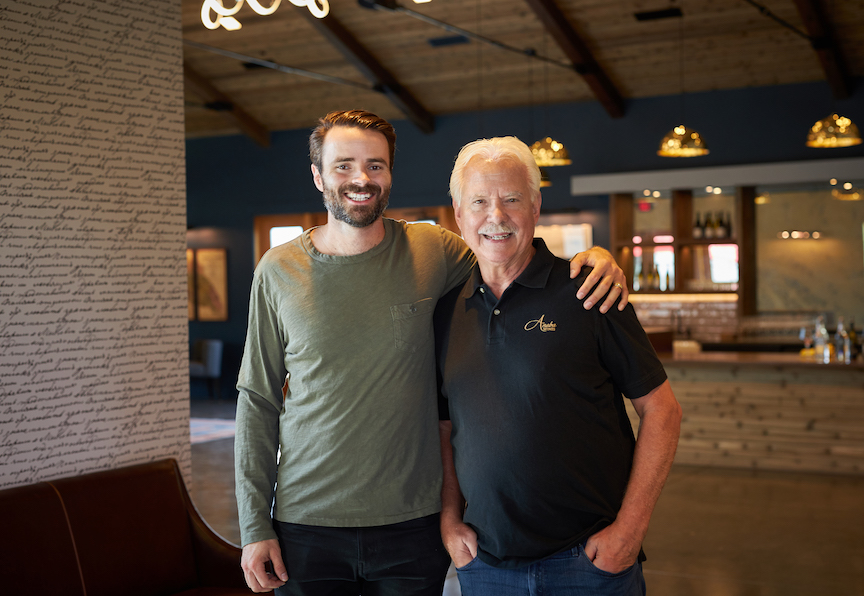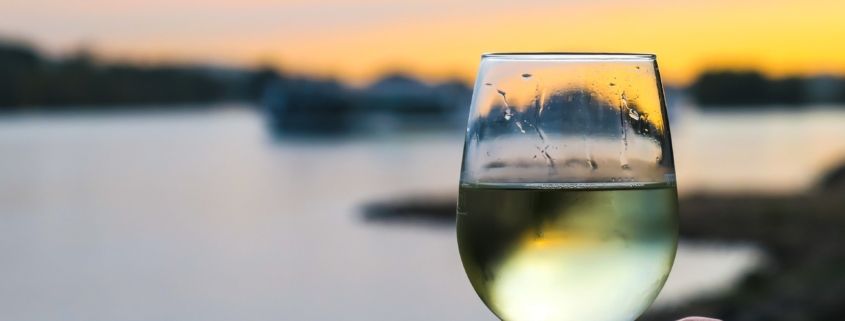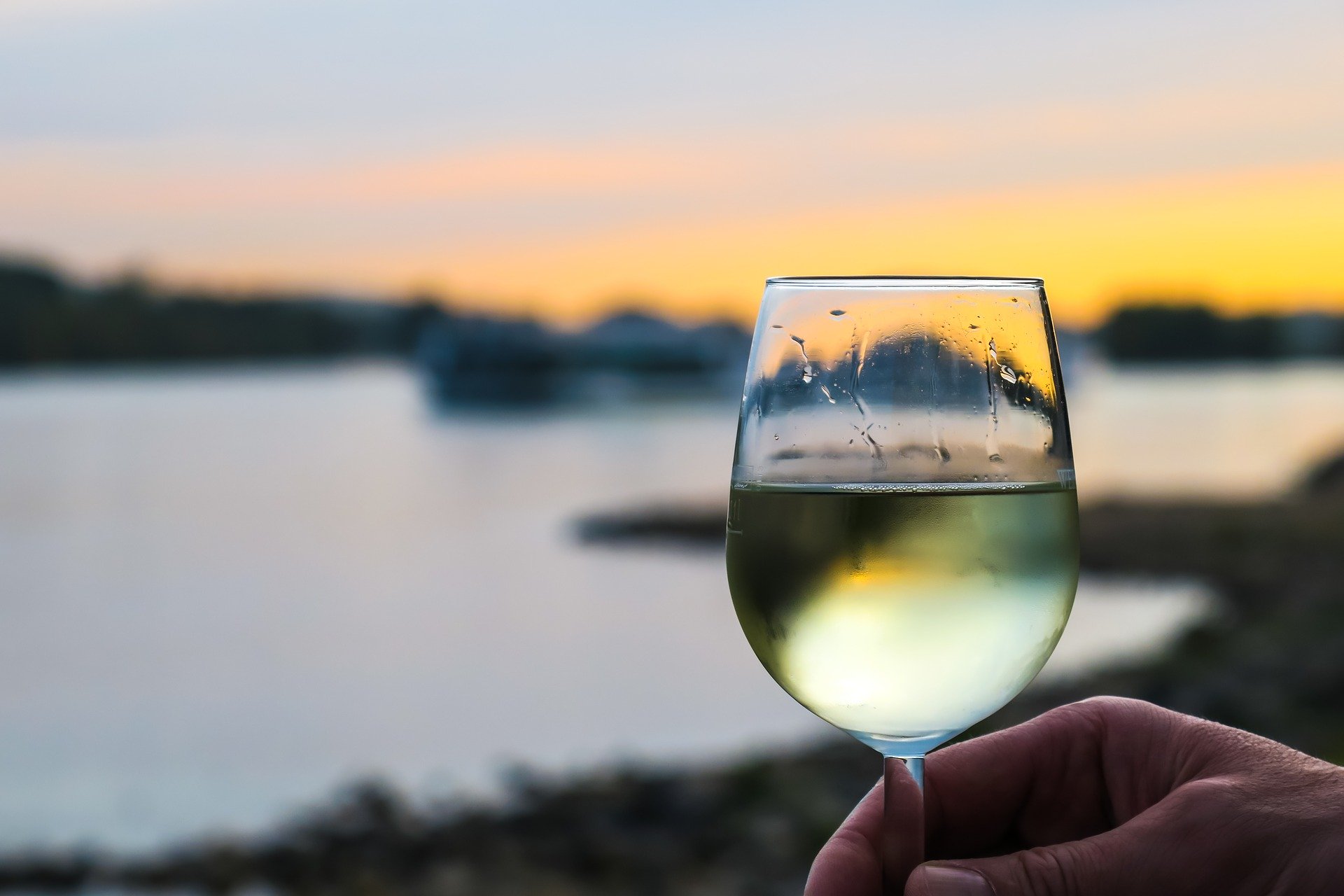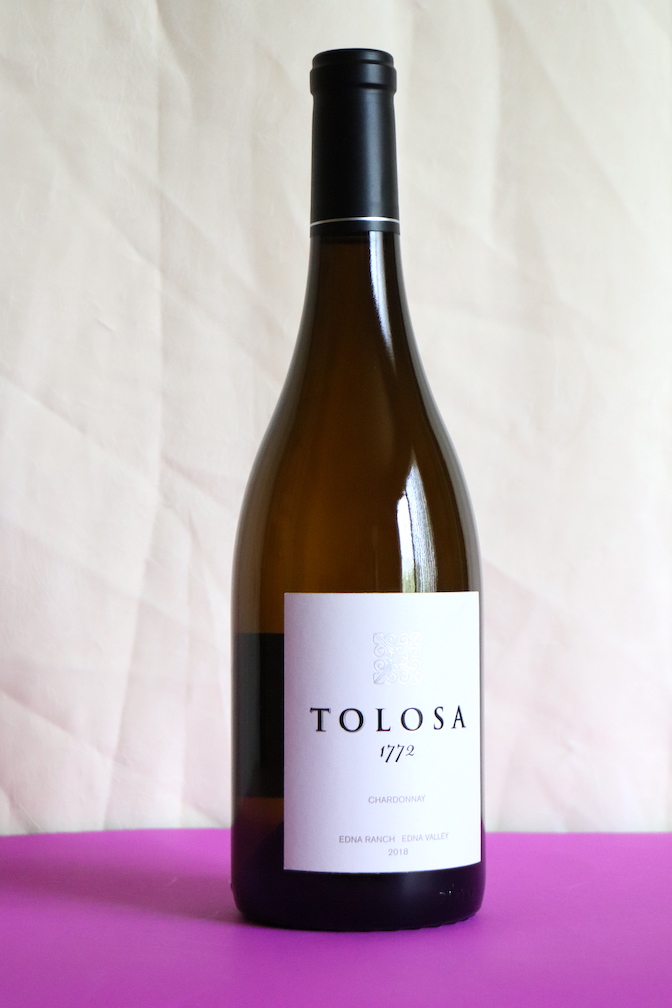How to Pick Out a Good Australian Wine – What to Look For & Avoid
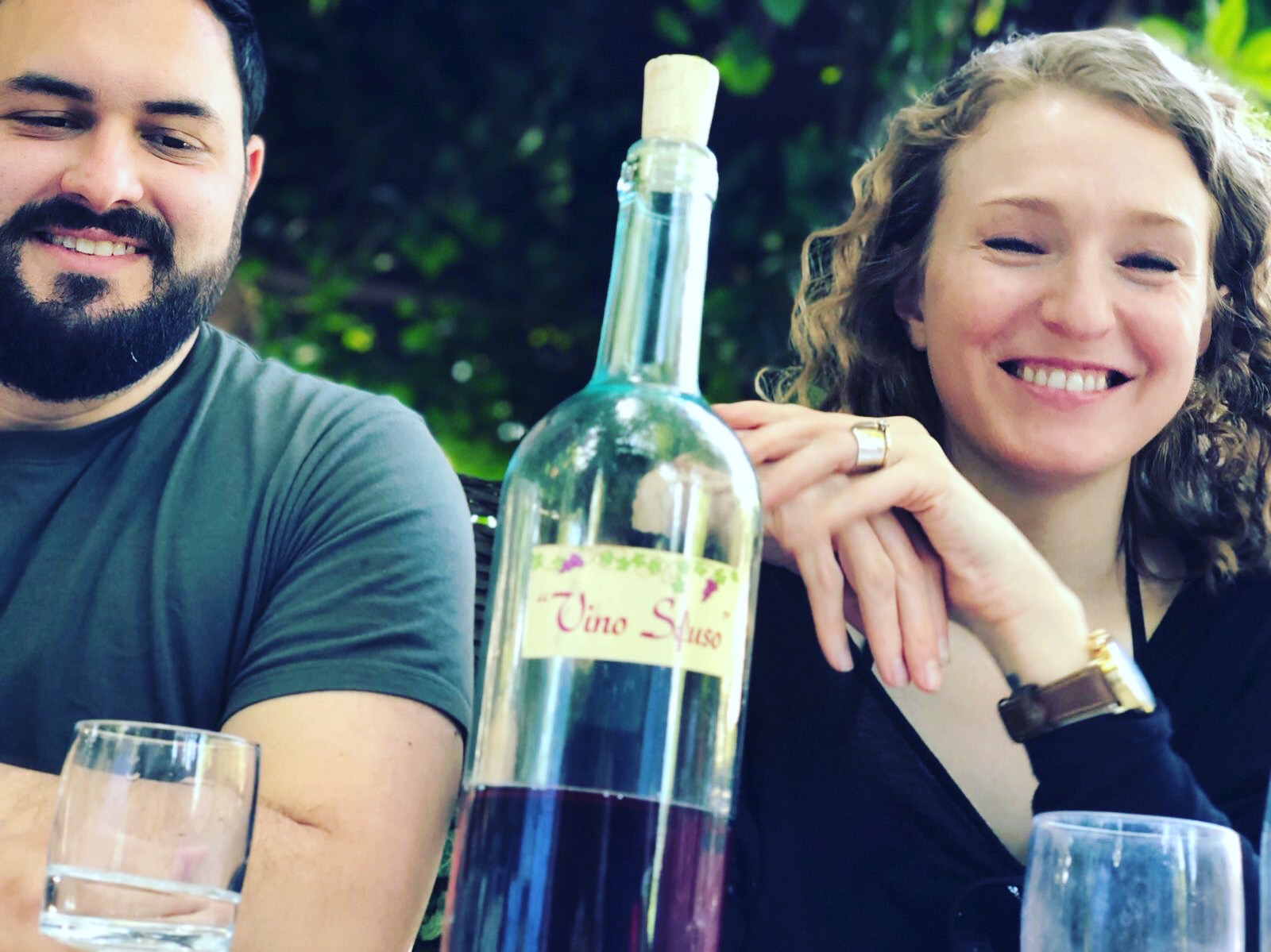
Sometimes we can’t be an expert in everything, especially wines from different regions, but if you’re confused about what makes a good Australian wine, wine experts Jane Lopes and Jonathan Ross have 3 great tips for you to try. They are authors of the book How to Drink Australian An Essential Modern Wine Book .
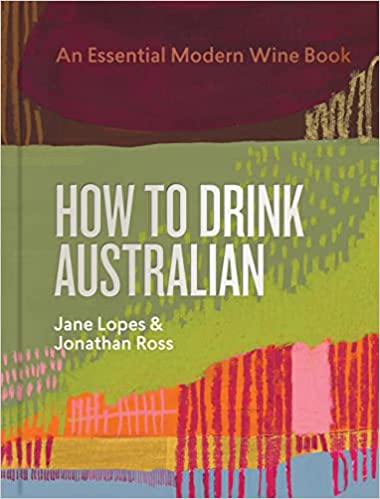
Jane Lopes and Jonathan Ross: There’s never been a more exciting time to drink Australian wine. The country most known for cheap critter wines and bold shiraz is actually the country to go to for quality wines in just about every style and price-point. Australia has reached an amazing confluence of generational knowledge, old-vine material, and a spirit of innovation that, combined, is creating some of the world’s greatest wines.
So how to you pick out a good bottle?
- Be willing to try something new. There are world-class wines made from the most popular and frequently consumed grapes: chardonnay, pinot noir, cabernet sauvignon, shiraz, and merlot. But, when grown at scale to achieve easy prices, they fall short almost everywhere. If you venture further afield to try, say, an Australian nero d’avola, grenache or riesling, there’s a better chance that you’ll find something made and selected with care, rather than something manufactured to meet the demand of the market.
- Look for a region on the bottle. There are plenty of great Australian wines that say ‘South Eastern Australia’ on the back (a catch-all appellation for the wine regions of South Australia, Victoria, New South Wales, Tasmania, and Queensland) – take, for example, Penfolds Grange: Australia’s most prized and expensive wine! But often you can find wines made at an estate vineyard when there is a more specific wine region on the label: something like Heathcote, Barossa Valley, Yarra Valley, Beechworth, Tasmania, Margaret River, etc. The list is long!
- Find a wine shop you trust. This is the best piece of advice in all matters wine! Wine shops that spend lots of energy and time selecting bottles for you are going to come up with the best bottles. And small, independently owned wine shops will often be able to work with the smaller production wines that grocery stores and national chains won’t. So find your local wine merchant, and get to know them. They’ll get to know you – your pallet, your budget, your tastes – and will help you find the best bottle.
ABOUT Jane Lopes and Jonathan Ross
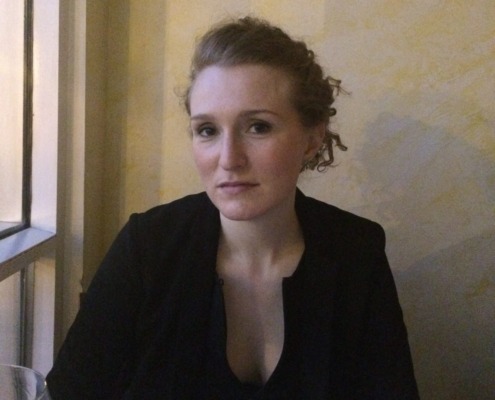
Jane Lopes is a sommelier, author, and importer, having worked at New York’s Eleven Madison Park, Nashville’s The Catbird Seat, Chicago’s The Violet Hour, and most recently as the wine director at Melbourne’s Attica, before passing the prestigious master sommelier exam in 2018. Lopes published her first book, Vignette: Stories of Life and Wine in 100 Bottles, in 2019. In 2020, Lopes co-founded Legend, an Australian wine imports company, with husband Jonathan Ross, to help bring the great wines they’d experienced in Australia to the US. She is now based in Nashville. She is the co-author of How To Drink Australian: An Essential Modern Wine Book (Murdoch Books / September 2023 / $60).
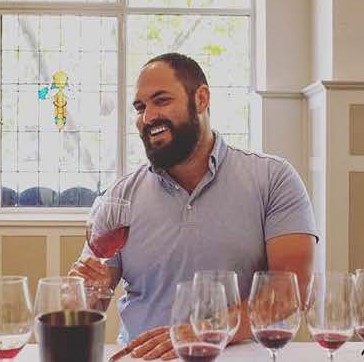
Jonathan Ross is a sommelier and wine importer whose career in restaurants has included posts at New York’s Eleven Madison Park, Oceana and Anthos, and as the beverage director for Australia’s Rockpool Dining Group. Ross passed the prestigious master sommelier exam in 2017, has curated wine offerings for Qantas Airlines, and founded the boutique wine label Micro Wines. In 2020, Ross returned to the US, eager to spread the word of the world-class wine he’d worked with in Australia, and co-founded Legend Imports in 2020 with his wife Jane Lopes. He is the co-author of How To Drink Australian: An Essential Modern Wine Book (Murdoch Books / September 2023 / $60).


